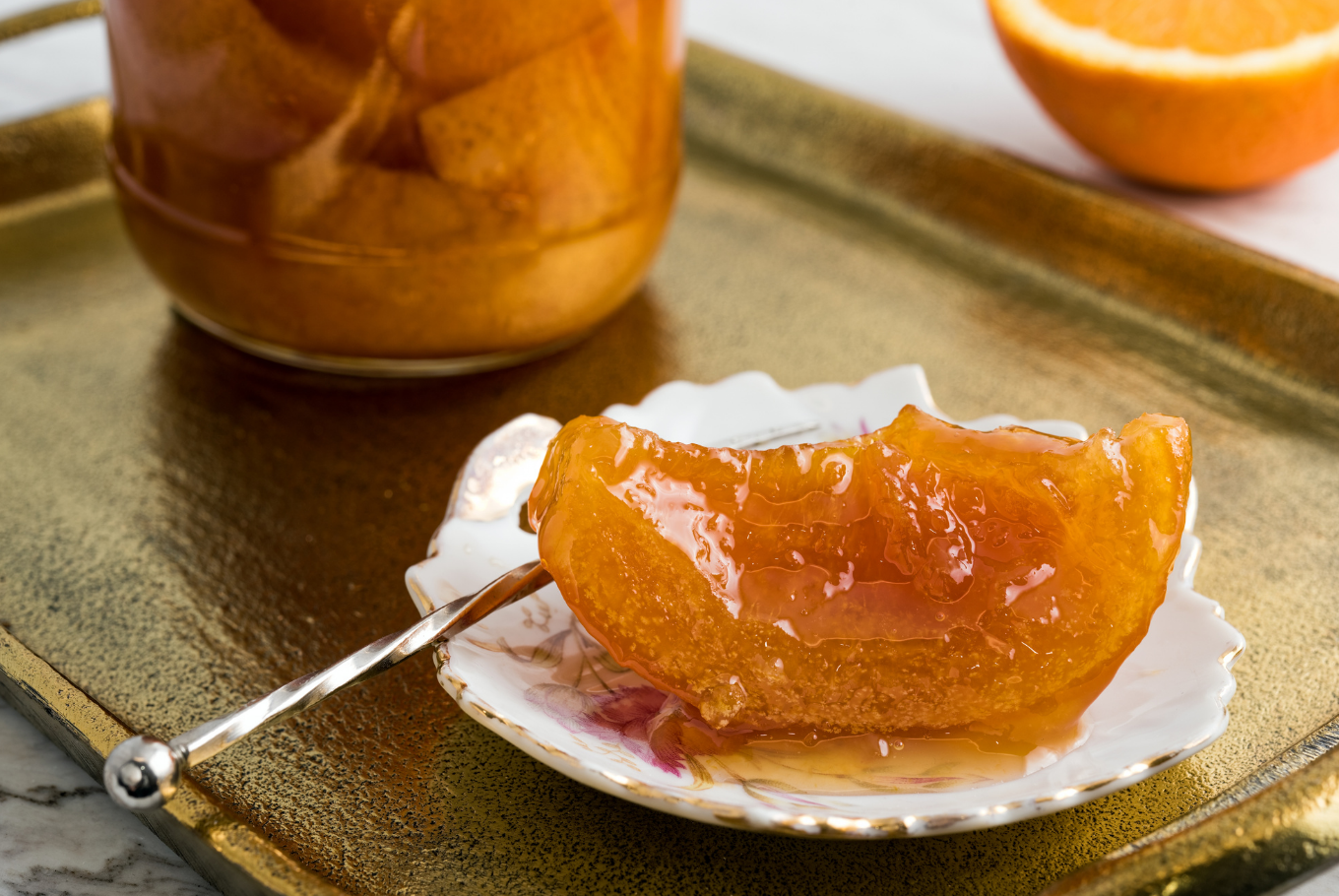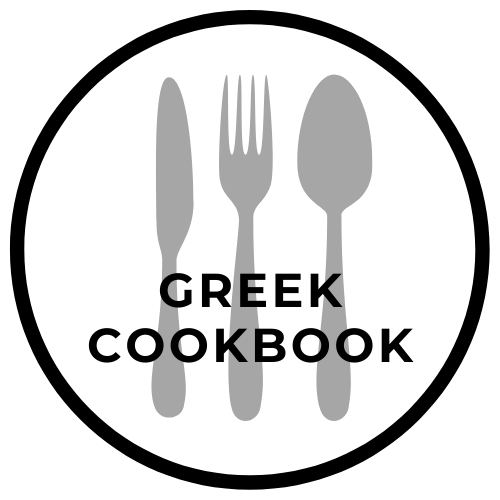The diversity of Greek cuisine and its assets
Greece from Gr. Ελλάδα is a country in south-eastern Europe. It lies at the southern end of the Balkans, at the crossroads of Europe, Asia and Africa. Greece has the longest coastline in the Mediterranean with thousands of islands. The country is made up of nine traditional geographical regions and has a population of around 10.7 million. Athens is the country’s capital and largest city, followed by Thessaloniki .

It certainly cannot be taken as a whole, as the culinary customs consist of the traditions of many regions, including Attica, Crete, the Peloponnese or the Ionian Islands. Each of these regions had its own customs and most favoured products. For example, dishes from Crete are characterised by a great deal of spice and extensive use of pork, while dishes from the Ionian Islands are based mainly on fish and seafood and, interestingly, pasta.
The first records of a distinct Greek culinary art date back to around 4000 years ago. Its long tradition incorporates elements of Italian, Turkish, Arabic, Balkan, Persian and even Slavic cuisine.
Greek cuisine focuses mainly on ingredients such as olive oil, wine, wheat, vine leaves, garlic, fish, herbs, peppers, tomatoes, nuts, almonds and feta cheese, among others, which are prepared in various ways. In addition, the cuisine is full of aromas and flavours that come from a variety of herbs and additives. It is the spices that make seemingly ordinary dishes taste so good.
It is considered to be one of the tastiest and healthiest cuisines in the world. The Greeks have always been considered masters of preparing fish and seafood dishes. Among the simplest were fish fried in olive oil and topped with cheese and herbs. Many recipes also included the use of dried and frozen fish. Of the meats on the tables, mutton reigned supreme, but this was rather sporadic. Meat was only served on special occasions, while the Greeks relied on seafood and vegetables. It is not without reason that Greece is considered to be a country of salads. The famous Greek salad is just one of countless ways to serve vegetables.
Greeks love sweets in various forms. There are many variations of sweet cakes and desserts made with fruit, sugar, cheese, honey, sultanas, almonds, nuts, sesame and other sweets. These cakes are often drenched in syrups of various flavours or generously sprinkled with icing sugar or covered with a sweet glaze.
Greek cuisine is simple and flavoursome, because it plays an important role in the lives of the Greek people, integrating them and maintaining family ties and traditions. The Greek family eats mainly at home. They are usually one-course meals. The main course is accompanied by a big bowl of vegetables and a large portion of white Feta cheese made from sheep’s milk with oil and pepper. Various types of roasted and stuffed vegetables are prepared in large pots and then served cold the next day as the basis for the midday meal.

